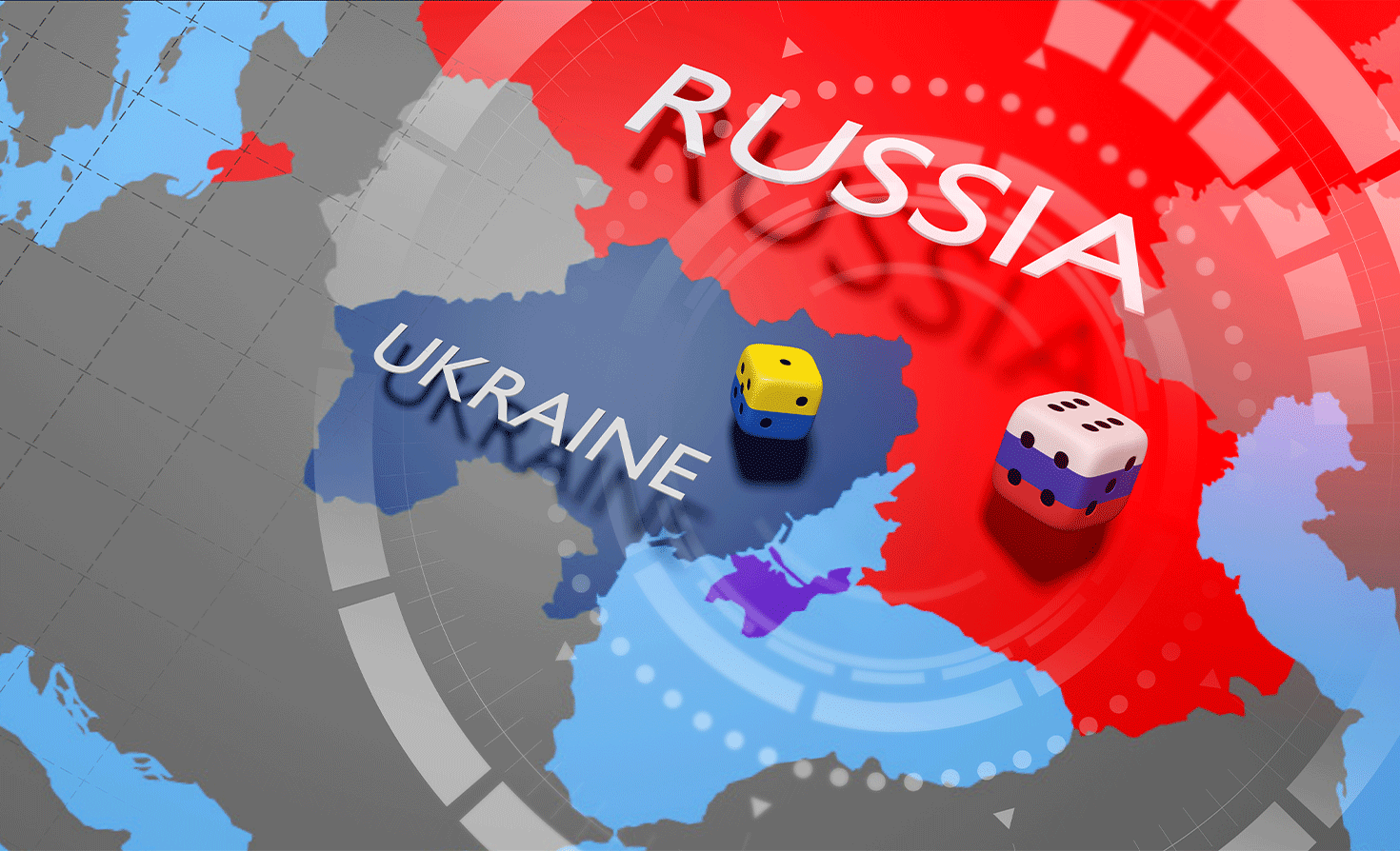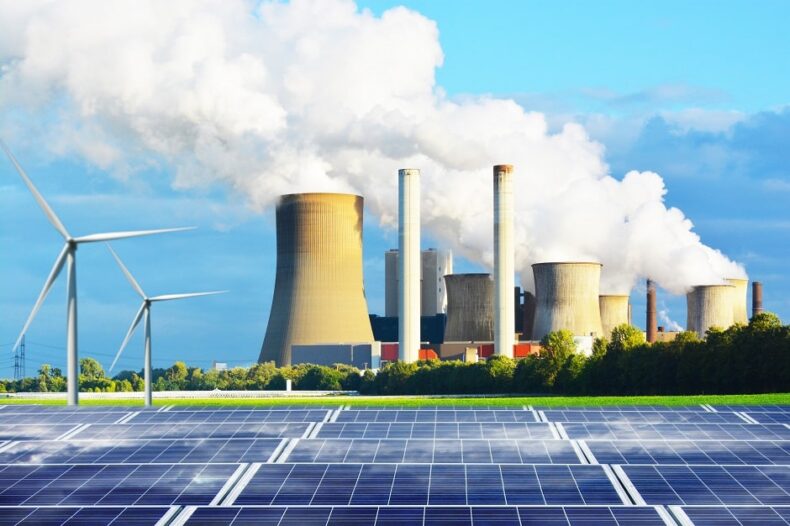According to the director of the International Renewable Energy Agency (IRENA), the energy crisis as a result of the ongoing war in Ukraine would probably accelerate the shift to greener energy in Europe.
Renewable energy production in Europe, Forecast & Surveys

Following Russia’s invasion of Ukraine, Europe’s production of renewable energy has reached a record high, prompting some energy analysts to forecast that Europe is about to make significant progress in the production of clean energy.
However, some researchers believe that a recession and de-industrialization will reduce European emissions in 2024.
According to a study by the energy think-tanks Ember and E3G, electricity generated in Europe from solar photovoltaic and wind grew by 13 percent from March to September, rising from 311 terawatt/hours to 350 terawatt/hours. This added a safe supply of energy at a constant price when Russia was reducing gas supplies to Europe and causing fear of blackouts.
The International Energy Agency estimates that during the war in Ukraine, producers of fossil fuels, which includes Russia, made profits worth ₹1642.27 crore. According to Ember and E3G, the EU avoided having to import an estimated 70 billion cubic meters of gas worth ₹8.1 lakh crore, thanks to its solar and wind energy generation.
Statements of authors/analysts

Artur Patuleia, one of the report’s authors, gave her statement in the media, “The war had two effects, it accelerated the installation of projects already in the pipeline and it led to greater ambition by member states with an impact on the deployment pipeline for the future.”
Professor Jonathan Stern, the director of Oxford Institute for Energy Studies, is less optimistic. He told the reporters, “Europe is entering a severe recession. In my opinion, it might be even worse than (the COVID-19 pandemic recession of 2020), causing de-industrialization and driving industry to the US and the Middle East.” “None of it is even remotely good and it warns about political instability”, added Stern.
Metals and other energy-intensive businesses fear that excessive energy prices may force them to leave Europe. According to Professor Stern, renewable energy will continue to be appealing, but there won’t be enough money to scale it up because the European Union has committed ₹41 lakh crore to industry and consumer subsidies.
The EU will provide twice as much in loan guarantees for new renewable energy capacity through its Recovery and Resilience Fund from 2020 to 2027. According to Professor Stern, “the governments are willing to spend any amount to keep people from losing their energy supply.”
Long term effects of Russia-Ukraine war on Europe’s energy supply

The IEA thinks the energy rift between the EU and Russia will never resolve. As part of EU sanctions, the flow of Russian coal, crude oil, and refined oil products into the EU was stopped this year.
Russia has cut gas supply by 80%, in retaliation. According to the IEA’s annual World Energy Outlook report, the loss of Russian gas has resulted in a greater reliance on coal.
The European Union, however, makes up for the loss of Russian imports with an accelerated shift away from natural gas through a rise in installation of renewable energy sources and a push to modify buildings and install heat pumps.
For decades, fossil fuels met around 80% of the world’s energy needs. The IEA predicts that this will change to 75% by 2030 and 60% by 2050 based solely on stated policies. These percentages would probably decrease much further, if commitments that have been made are kept.
Challenges in Europe’s transition to renewable energy

Recent calamities have created many hurdles for Europe’s plans for a greener future. According to the IEA, worldwide investment in renewables remained constant at ₹82 lakh crore for five years following the Paris Accord, where UN members committed to prevent global warming at 1.5 degrees Celsius.
The Recovery and Resilience Fund, a ₹59 lakh crore stimulus plan announced by Europe, in 2020 during the pandemic recession, allocated 37% of its funds to renewable generating capacity. This was done in order to achieve the target of using renewable energy sources to meet 32% of global final energy consumption, by 2030.
In response to predictions of climate change, the EU pledged in 2021 to achieve a target of 40% renewable energy consumption by 2030. Following Russia’s invasion of Ukraine in February, the EU increased that target to 45 percent.
Production of power, transportation, heating and cooling all contribute to the total final energy consumption. And, meeting this task requires at least 69 percent of the electricity coming from renewable sources.
According to E3G and Ember, several states already outpace this objective.
Read more: European Union to plan upon all scenarios in case of Nord stream 1
Also read: Boris Johnson: The European Union reacts to the UK Prime Minister’s resignation













